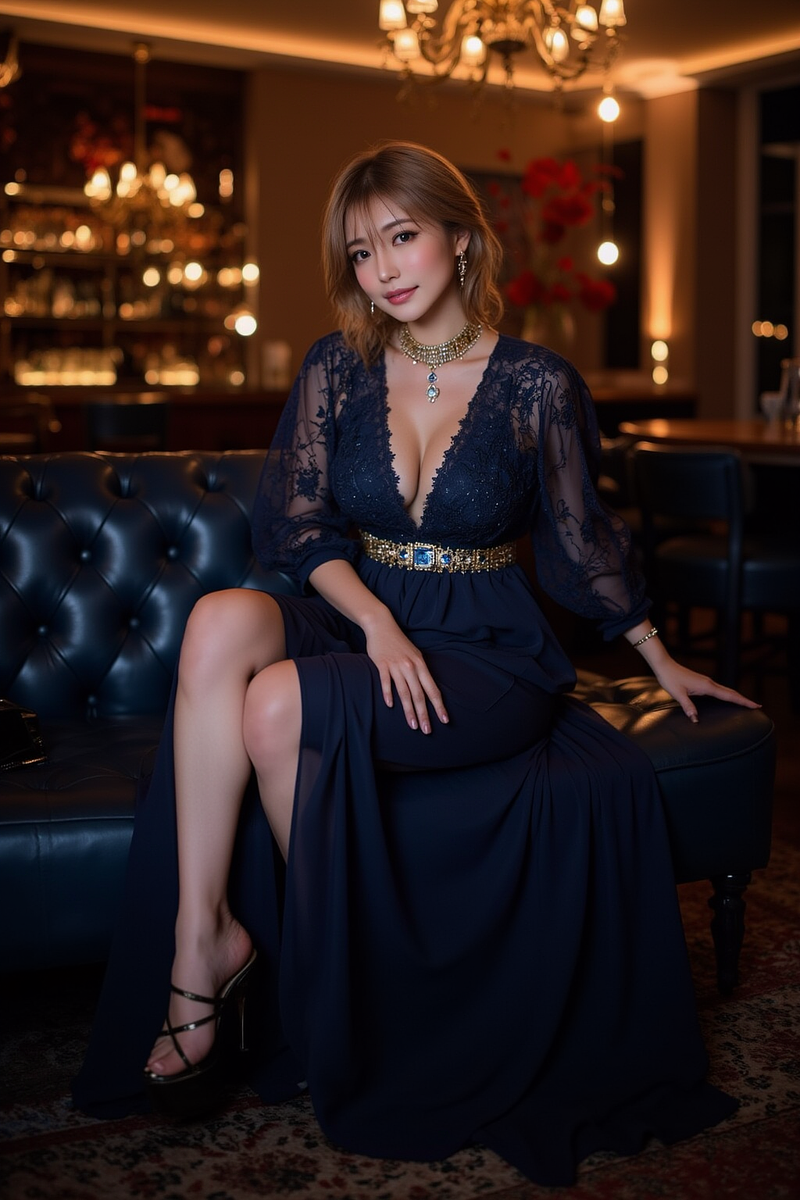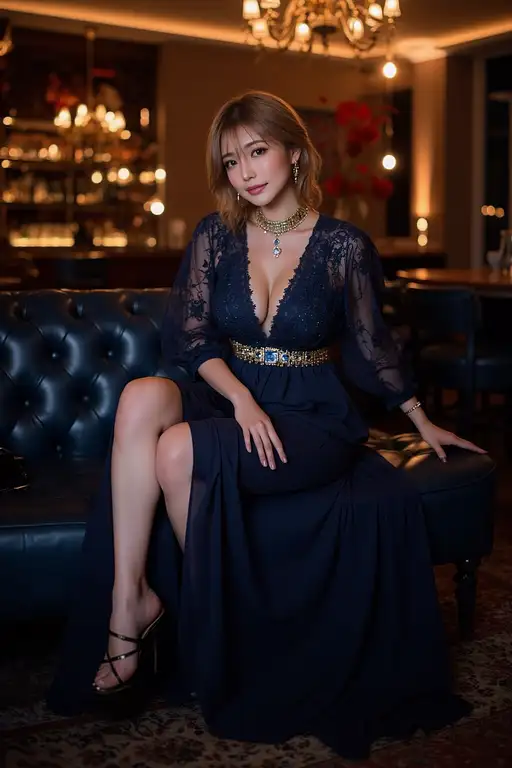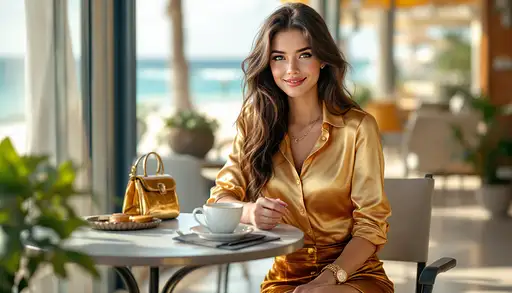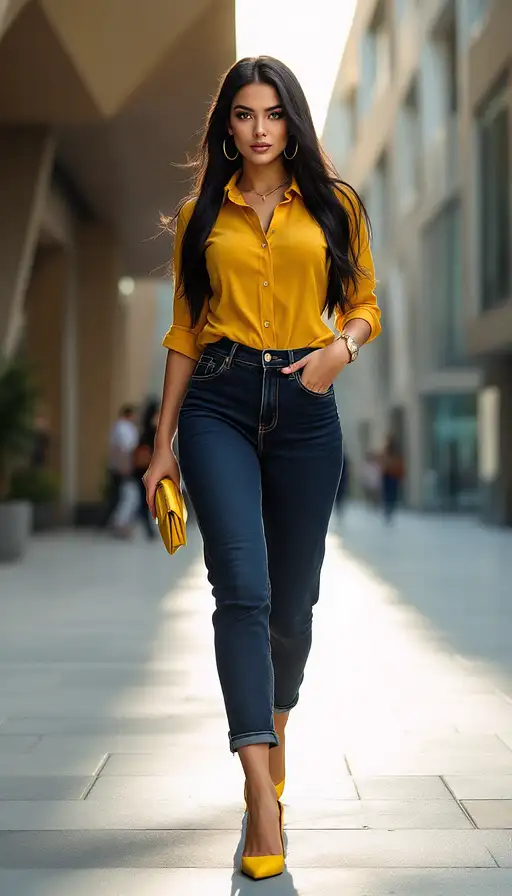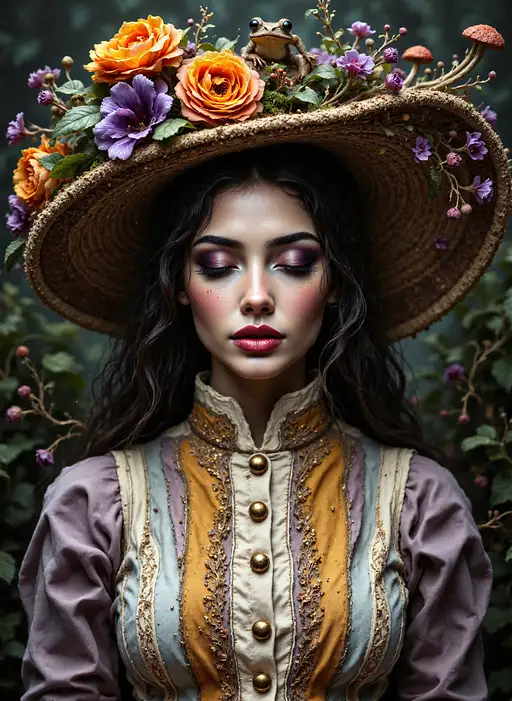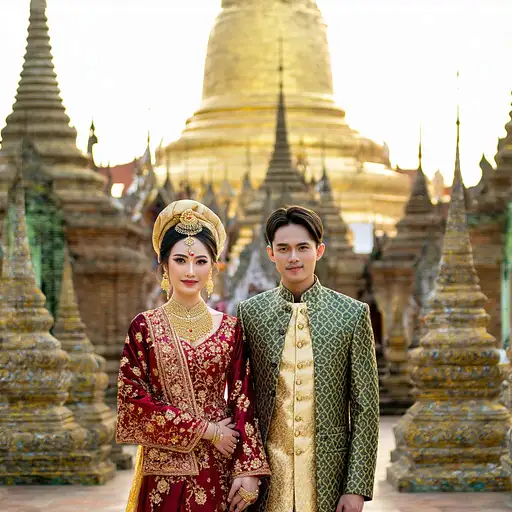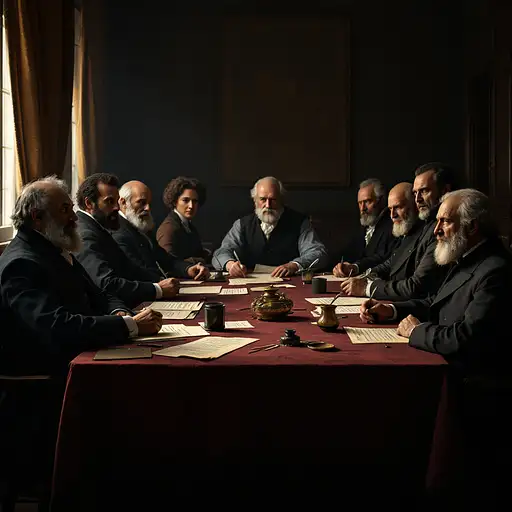6 months ago
Create a hyperrealistic digital painting of a solemn historical meeting depicting eight men seated and standing around a large rectangular wooden table. The scene represents the First Junta of May 1810 in Buenos Aires, inside a formal government chamber in the colonial era. The setting is a grand, stately room with tall grey-blue paneled walls, decorated in late 18th–early 19th century neoclassical style. In the background, centered between the wall panels, there is a large dark statue or painting silhouette on a pedestal, barely lit, adding to the atmosphere of seriousness and historical depth.
The room is softly illuminated with natural ambient light coming from the left side (out of frame), casting gentle shadows and highlighting the textures of faces, clothes, wood, and documents. The overall color tone is subdued and historical — browns, blacks, muted blues, greys, and whites dominate the palette, enhancing the serious, revolutionary mood.
A large wooden table sits at the center of the composition, fully covered in a dark burgundy or deep red-brown tablecloth that touches the floor. On the table lie scattered handwritten papers, an inkwell, and quill pens — all period-accurate, adding a sense of active political deliberation.
The eight men are depicted in late 18th/early 19th century clothing, seated or standing in a slightly curved formation to allow each face to be visible. Each man must be realistically modeled, showing unique facial features, age, and emotion. Their skin textures, expressions, postures, and clothing must be rendered in vivid photorealistic detail. The eight individuals, from left to right, are:
Manuel Belgrano – seated on the far left. He is young, with slightly curled black hair and a serious, introspective look. He sits with legs crossed, left hand resting on the chair’s armrest, right hand over his knee. Wears a formal black tailcoat, white cravat, white stockings, and black leather shoes with silver buckles.
Juan José Castelli – seated next to Belgrano. Upright posture, dressed in a dark brown wool suit with a white cravat and vest. His hair is brushed back, and he has a rounder face, appearing intellectual and calm. He looks slightly toward the table center.
Cornelio Saavedra – seated prominently at the center-left. He is older, has white hair, and wears a striking military uniform: deep navy blue with bright red lapels, gold buttons, and gold epaulettes. A red sash crosses his chest. His presence is authoritative and calm. One hand rests gently on some documents on the table.
Miguel de Azcuénaga – standing behind and slightly to the left of Saavedra. He is tall and slender, with short dark grey hair. He also wears a navy military uniform, though less ornate than Saavedra's. His hands are clasped in front of him. He stands straight and looks toward the center.
Domingo Matheu – standing next to Azcuénaga, closer to the table's far end. He wears a dark civilian coat with a red sash tied at the waist, signifying political authority. His face is oval with sharp features, and his posture is partly turned in profile, indicating focus and formality.
Manuel Alberti – seated just right of center. He is a priest, depicted as elderly with white hair, deep-set eyes, and a long face. Wears a traditional black clerical robe. His hands rest calmly on the table or are lightly clasped in his lap. His expression is spiritual and composed.
Juan José Paso – seated beside Alberti. A middle-aged man in a black formal suit with a white cravat and waistcoat. His expression is assertive but thoughtful. He gestures with one hand slightly, as if making a point or writing something, while his other hand rests on the armrest.
Mariano Moreno – seated on the far right. The youngest of the group, with intense dark eyes, sharp features, and dark combed-back hair. He wears a black coat with a light gray waistcoat, white shirt, and white stockings. He leans slightly forward, conveying intensity and commitment. His hands rest on his thighs or lightly clenched.
Each figure must appear distinct and fully realized, with realistic period-appropriate facial hair (or clean-shaven), accurately styled 1810-era clothing, and naturalistic posture. All chair backs are ornate wood, consistent with early 19th-century elite furniture.
The atmosphere must feel tense yet visionary — a moment of high political importance in Latin America’s independence. The textures (cloth, paper, skin, wood, brass, wax) must be photorealistic, with dynamic but subtle lighting to emphasize the humanity and gravity of the moment.
Style: hyperrealism, 4K resolution detail, cinematic lighting, classical composition, historical documentary tone.

